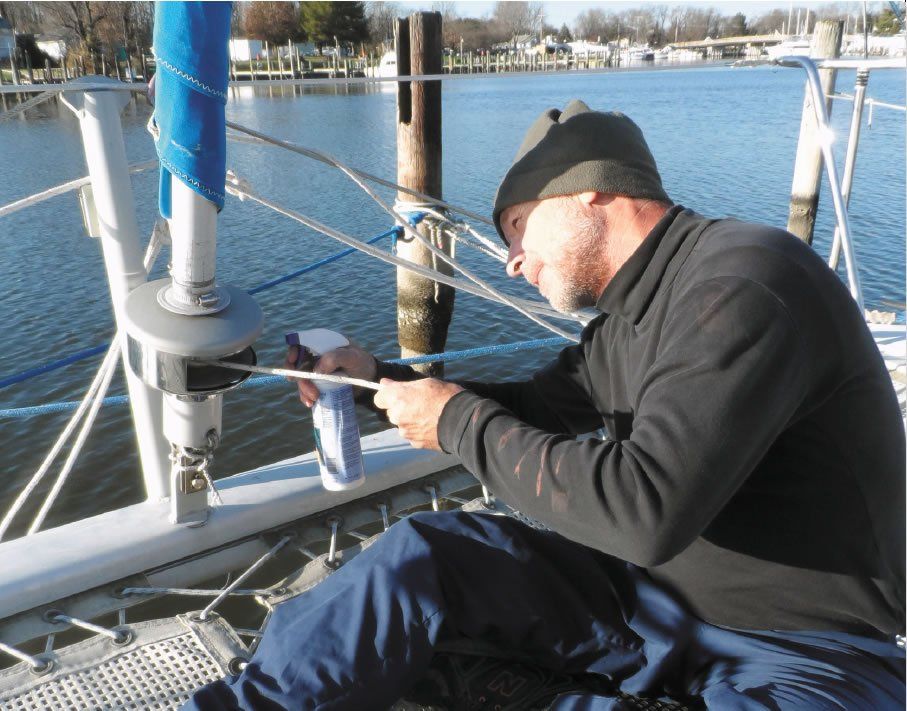DIY Winch Feeder
It was snowing and I needed a project. Ever since the article on cross sheeting, “Where Winches Dare Go,” I’ve been wanting to add...
Dirt-cheap Winter Insulation for Liveaboards
Insulation is a greater energy-saving expedient; if our heater or air conditioner is undersized, fixing drafts, shading or insulating windows, and insulating non-cored laminate are all ways to reduce the thermal load. For boaters, however, that is only half of the equation.
Repurposing Chain
When a rope is no longer fit for purpose, for example a halyard with a chafed spot, we either keep it for future might-needs...
DIY Bulkhead Replacement
Many of the fiberglass sailboats constructed during the 1970s and 1980s are still in existence, though often in varying states of disrepair. These vessels...
Stickier Sail Tape with 3M Primer
Self-adhesive hardware-store hooks don’t stick well to bare fiberglass. Just last week we had one wash into the bilge-pump strainer on our test boat....
3D Printing for Boat Projects: A Beginner’s Guide
In the old Star Trek TV series Captain Kirk would press a button on a machine called a replicator and request banana cream pie,...
Simple Tips on Servicing Your Sailboat Winches
This week we're moving onto hardware, winches in particular. If you haven't serviced your winches in a couple years, or you notice squeaks, groans or slips as you grind, it is high time to tackle this project. We like to inspect our jib-sheet winches every year, but we sail our boats hard and they are exposed to some pretty harsh freeze and thaw cycles. Fortunately, winch servicing is a pretty easy, and for the wanna-be watchmaker who marvels at moving parts, it's fun—until you start dropping parts overboard. Thus, our first bit of advice: make sure you have the right winch servicing kit, including pawls and springs, before you start pulling your winches apart.
Install a Standalone Sounder Without Drilling
Are you one of those sailors who believes there are too many holes in the hull of your boat? Have you ever wondered if...
Installing a Solid Wood Cabin Sole
During the 1970s and early 80s frenzy of fiberglass production boat building, many cabin soles were pretty basic—a textured fiberglass pan or bare plywood....
DIY Soundproofing for the Engine Compartment
As sailors, once we’ve cleared the outer markers of our club, marina or harbor, we look forward to raising our sails and we enjoy...

















































